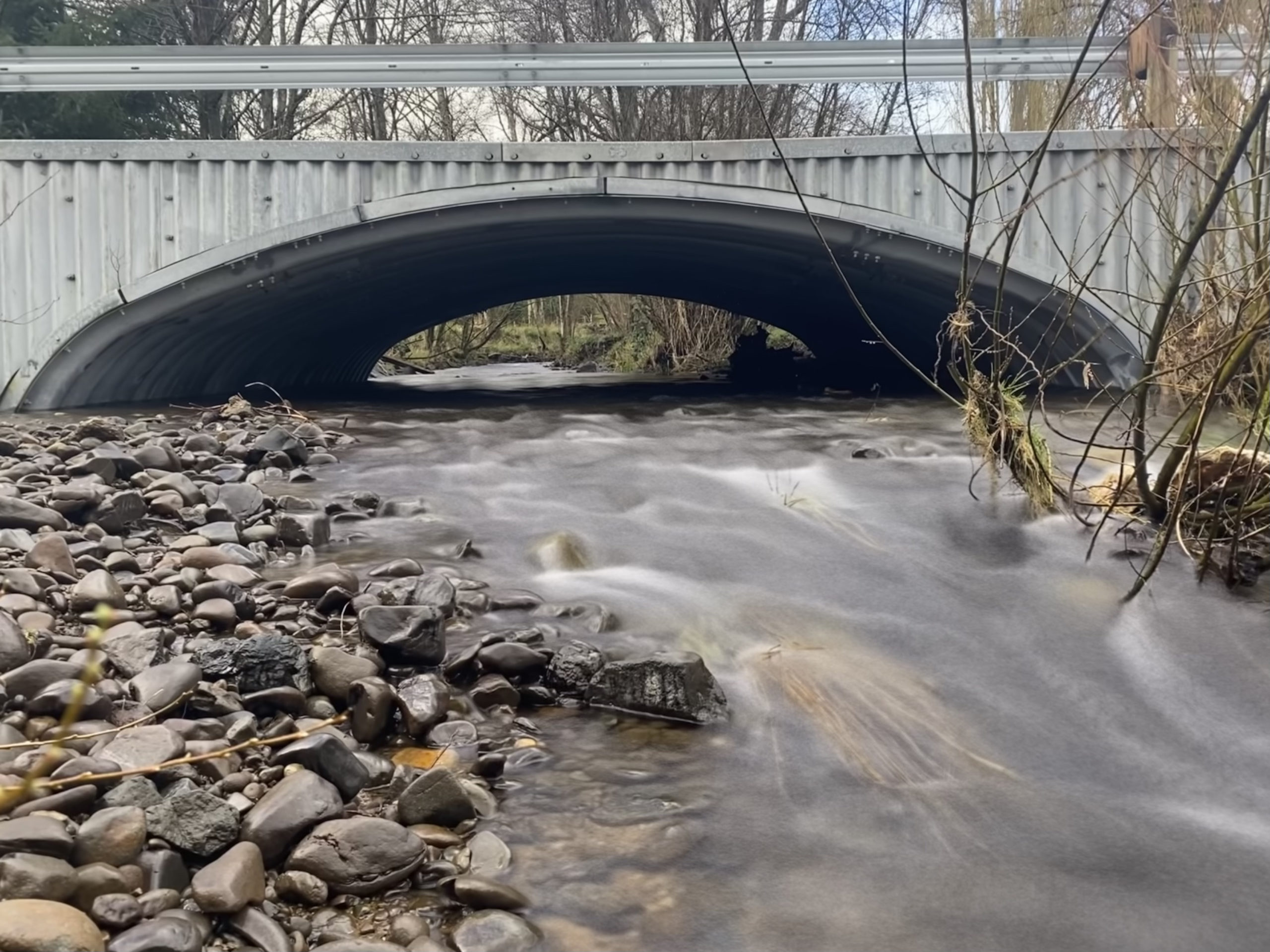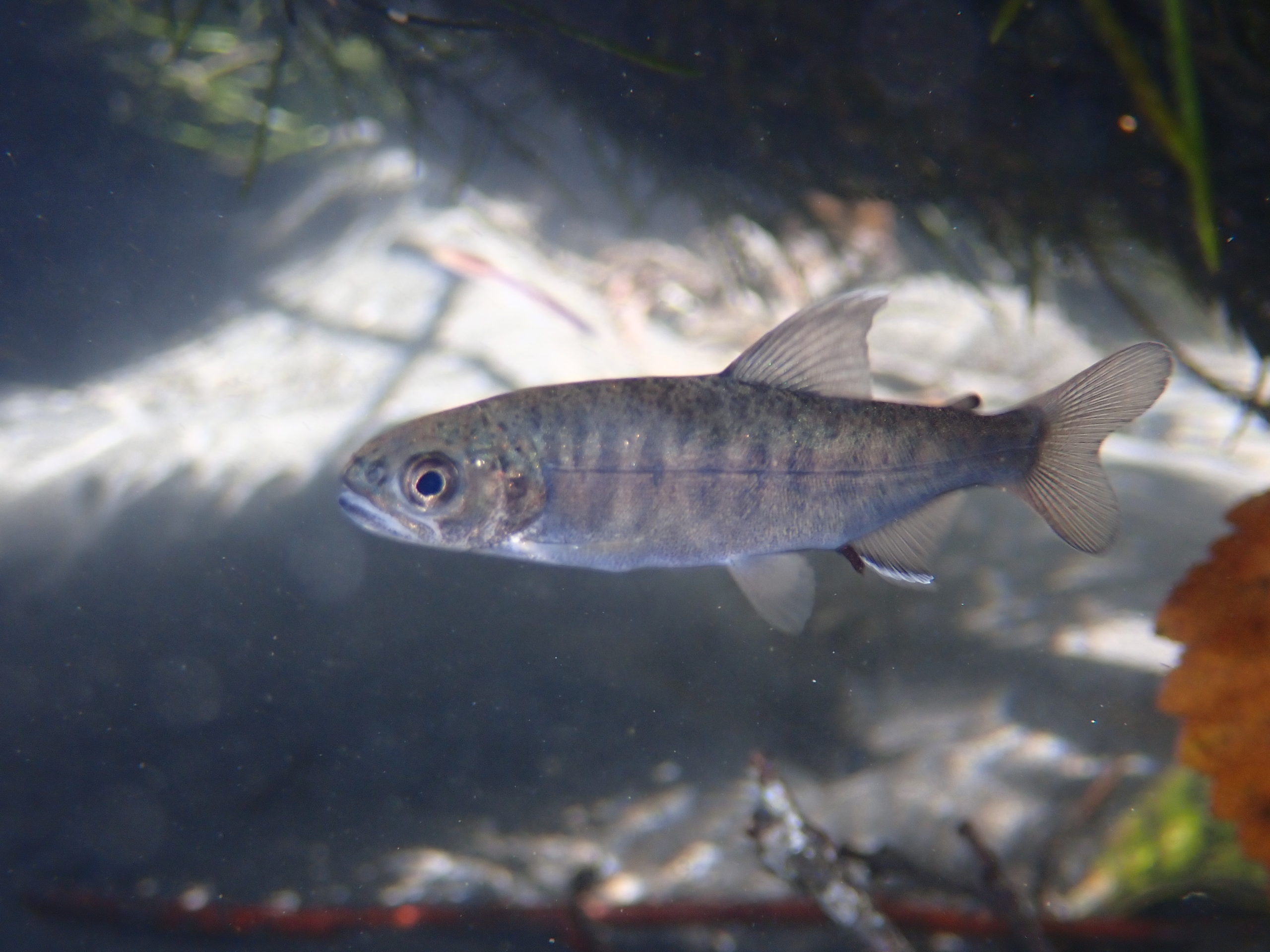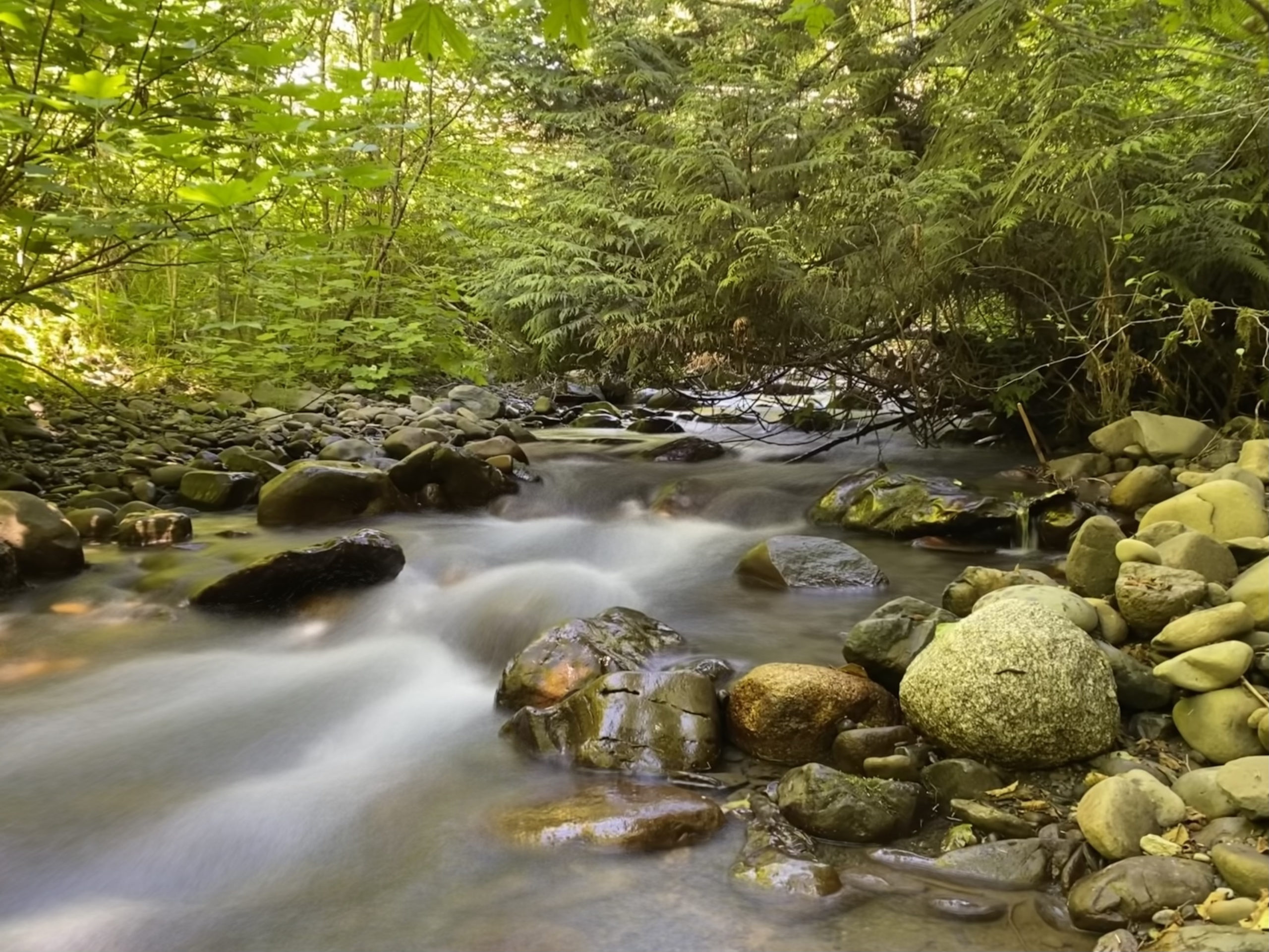Our Approach

The Coast Salmon Partnership guides the long-term protection and restoration of Washington Coast’s salmon and steelhead populations in some of their last best habitats in the contiguous United States.
We work to restore their populations to numbers more resemblant of historic health through an ‘all-H’ strategy that tackles issues associated with habitat, harvest, hatcheries, and hydropower.
We help coastal communities thrive by collaborating with partners to develop project solutions that put people to work to ensure the long-term health of the region’s iconic salmon and steelhead.
We work to identify the barriers to healthy salmon and steelhead populations and then develop scienced-based solutions to address them.
We focus on rivers with the highest potential for healthy runs, bringing diverse local partners together with scientific experts to protect the best remaining populations and to restore the rest.
We take a novel approach to salmon management, as it is far easier, and a much more efficient use of limited resources, to protect salmon and steelhead populations before they necessitate listing under the Endangered Species Act.


Our Mission
To protect some of the last best salmon and steelhead populations in the contiguous United States and to restore the rest.

Our Vision
All watersheds in the Washington Coast Region contain healthy, diverse and self-sustaining populations of salmon, maintained by healthy habitats and ecosystems, which also support the ecological, cultural, social, and economic needs of human communities.

Our Plan
The Washington Coast Sustainable Salmon Plan is a road map for our journey.
Our Progress

Photo by Key McMurry
Since 1999, over $12.6 million in project funding from the Pacific Coast Salmon Recovery Fund has been invested in the Coast Region, which has in turn leveraged an additional $33 million in state and local funding.
Since 2009 alone, more than 440 fish passage barriers have been removed in the region, opening more than 715 miles of habitat to spawning, rearing, and migration.
This has helped to restore salmon populations and has also provided family-wage jobs for local contractors, equipment operators, surveyors, engineers, biologists, and project managers.
In an area with some of the highest unemployment rates in the state, this funding has provided a lifeline for both our salmon and the coastal communities that depend upon them.
Despite some successes, many salmon populations are still in trouble. Recovery efforts are working, but not fast enough to meet the accelerating challenges we face. Without investment and strong habitat protections, our efforts may well be futile. Now more than ever, we need a renewed commitment to this increadible resource that fuels jobs, communities and our coastal culture.
Multiple Benefits of Restoration

Reconnected floodplains
reduce flood risks for communities.

Free-flowing rivers
with intact floodplains provide complex natural habitat for fish, plants, and animals.
Natural shorelines and estuaries
filter pollutants, support shellfish, and shelter salmon.

Clean and reliably available water
is essential for drinking water, irrigation, swimming, and boating.

Healthy forests
absorb carbon, offer refuge for wildlife, and provide economic opportunity and recreation for outdoor enthusiasts.

